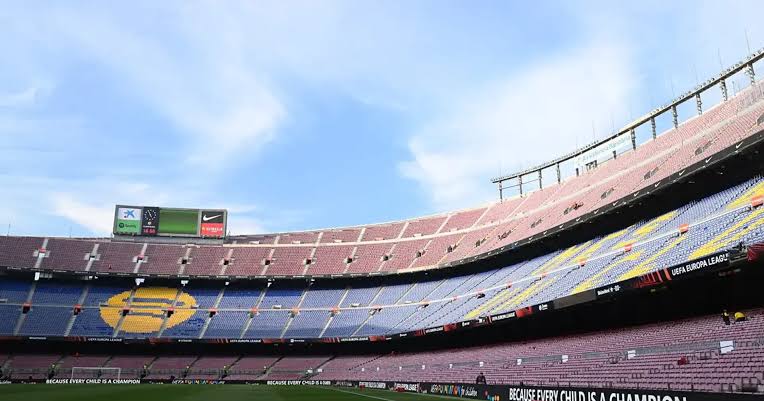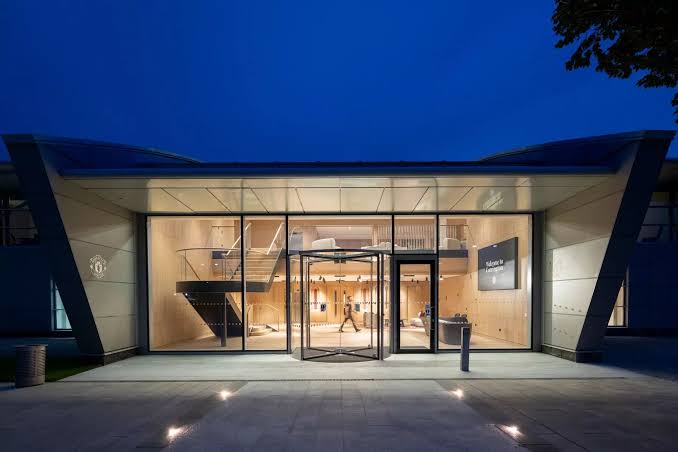Barcelona’s iconic Camp Nou is a hive of activity, with almost 4,000 workers laboring six days a week—often until midnight—in a monumental effort to have the stadium ready to reopen by September.
The historic venue, which has been under extensive renovation as part of the Espai Barça project, is being transformed into a modern footballing temple that will match the club’s global stature. The renovations include an expanded capacity, state-of-the-art facilities, and a futuristic roof design aimed at making the Camp Nou one of the most advanced stadiums in Europe.
The urgency of the work reflects both the symbolic and practical importance of the stadium’s reopening. For Barcelona, returning to their home ground means more than just playing in familiar surroundings—it represents financial recovery and fan reconnection. Since moving to the temporary Estadi Olímpic Lluís Companys in Montjuïc, the club has seen reduced matchday revenues and a less intimidating atmosphere compared to the legendary Camp Nou nights.
Read Also: The Player Mourinho Credits Most In His Coaching Journey
Club officials have insisted that the target date of September 2025 remains achievable, but the scale of the operation has required extraordinary manpower and dedication. Construction crews are working with military-like precision, coordinating shifts that stretch deep into the night to ensure deadlines are met.
Despite the intensity, the excitement surrounding the return is palpable. The prospect of hearing over 100,000 fans once again filling the stands, chanting the club anthem, and watching the next generation of stars in a revitalized setting has supporters counting down the days.
When the doors finally reopen, it will not just be a comeback for a stadium, but a revival of an identity. For decades, the Camp Nou has been more than concrete and steel—it has been the beating heart of FC Barcelona. Now, with thousands of workers racing against time, the club is closer than ever to bringing its home back to life.










